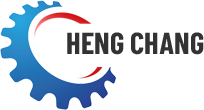The table shows the advantages and disadvantages of the different classes of pattern equipment used by sand casting process.
|
|
Advantages |
Disadvantages |
| Wood Loose |
Low cost to produce. Use to produce plastic patterns. Easily modified. |
Not suitable for production batches unless converted into plastic before becoming worn. Tend to become inaccurate and to produce poor surface finish. |
| Hardwood |
Inexpensive for small-batch production. Can be used as masters for plastic patterns. Fairly easily modified but expensive if multiple impressions involved. |
Fair wearing properties. With care, will remain reasonably accurate over fairly long periods. Not suitable for high-volume production. |
| Plastic |
Inexpensive to produce. Urethane technology provides good wearing properties and accuracy. Easily modified depending upon the materials used. Suitable for high-volume production patterns with the same dimensional tolerances as metal patterns. |
Urethane technology has reduced many of the disadvantages of early plastic pattern materials. |
| Metal |
Excellent wearing properties. High standard of accuracy and stability. Suitable for high-volume production and shell molding. CAD/CAM improvements are greatly reducing cost and lead time requirements. |
Costly. Difficult to modify. Equipment is less adaptable for movement from one foundry to another. |








 IPv6 network supported
IPv6 network supported